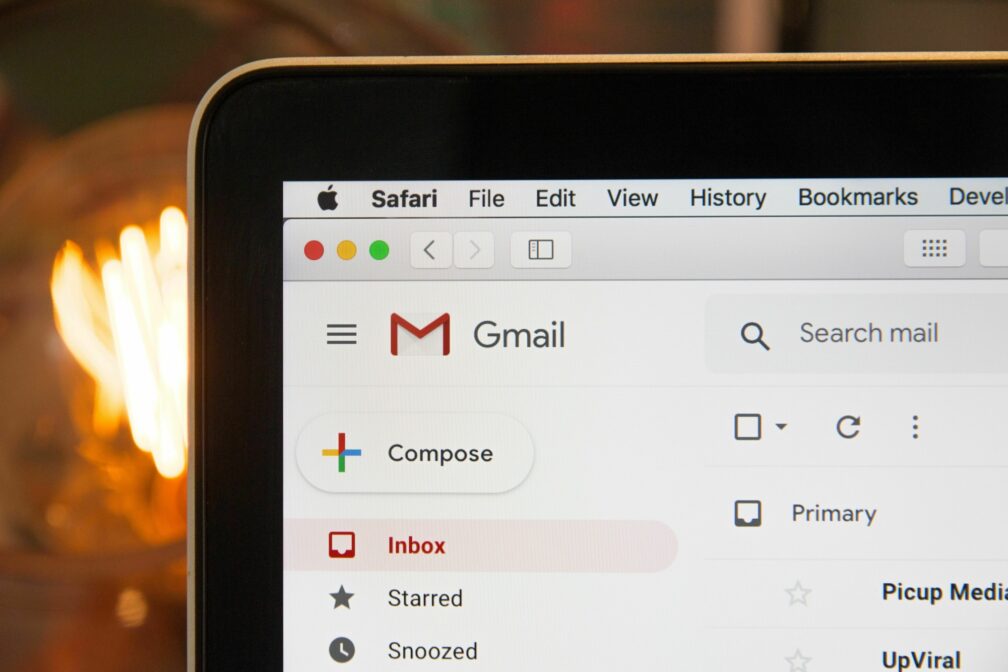Blog
Email + Automation

Stop Saying the B Word: Killing the E-Blast
You’ve probably chosen to read this article because:
1. You want to broaden your email marketing expertise (way to be a go-getter)
2. The title caught your eye and you honestly think we wrote a blog about the female dog (we did not)
Regardless of why, I have one piece of advice that will improve your email marketing tactics and increase reader engagement—kill the email “blast.”
You may be thinking: “But Emily, how can one word be such a big deal?” I live and breathe emails. I tweet about them, I write about them and I have years of experience that builds my professional credibility.
In my racked-up nine years of experience, I’ve provided email campaign management and support for Dell, NBC Sports for the Summer Olympics in Rio, Carestream Health and other clients before my time at DS. I’ve come to love how emails connect people and brands, embrace creativity and share some relevant information, too.
So I’m telling you, stop with the blast mentality.
What Is An E-Blast?
Let’s first get to the root of the problem. At its purest form, an e-blast is just another word for an email campaign, but it carries a negative connotation. We associate blasts with words like “impersonal,” “loud,” “aggressive,” even “unwanted.” It makes me think of a spammer, hammering you with hastily written and likely irrelevant messaging for attention.
Email blasting is like shouting into an empty room, hoping anyone walks in and listens. There’s no strategy behind it, no carefulness to targeting and zero regard for the quality of responses. It devalues the relationship-building aspect of email marketing and its role in a multichannel marketing campaign.
Email Isn’t Dying, Just So You Know
Despite what you may think, people are still very much using email. In fact, according to a 2018 Adobe study, more than 50% of customers would prefer to be contacted by brands via email versus direct mail and social media. A published report from the Data & Marketing Association found that 99% of consumers check their personal email every day, up to 20 times a day. Email isn’t going anywhere, so we need to preserve its reputation. How do we do that? Start with these five e-commandments.

1. The Golden Rule
Email others as you want to be emailed. Meaning, never send an email you wouldn’t want to get. It should have an eye-catching design, be well-written with relevant information and include an explicit callout to take action.
2. Subscribers Are People, Too
Think of your subscribers as real people, because they are. They have goals, frustrations and interests. Offer solutions to problems instead of rattling on about the products and services you offer. Don't be like Elaine and just give up. Try to understand people.
3. Find Your Audience
One of the keys to not “blasting” is to deliver content only to the people who want it. Does the buzzword "demographics" come to mind? Good. Sort your database down into groups with similar characteristics or interests to gain valuable information about your audience. If possible, go beyond demographics into firmographics, psychographics. Anything and everything that'll help you know who you're talking to.
4. Comply or Goodbye
Laws like the General Data Protection Regulation (GDPR) and the upcoming California Consumer Privacy Act have a lot of specifics about who should be receiving email communications. The general rule is to opt in only the people who asked for it and state what they’ll be receiving when and why. Always make it easy to opt out, too, which leads me to my next point.
5. Offer a Simple Unsubscribe Option
Don’t get ghosted by your subscribers. Let me explain. In the dating world, “ghosting” occurs when someone wants to end a relationship by becoming unresponsive and withdrawing communication without explanation.
The same thing happens in the e-verse. Marketers (and clients) are afraid to lose subscribers, so they’ll continue emailing without a response. If they aren’t responding, they’re not interested! Make the separation mutual and you’ll find interested readers. It will improve your deliverability and conversion rates, too, in the long run.
Spread The (Right) Word
There are plenty of alternatives to using "blast." Like “campaign,” “deployment,” “mailing,” etc. Whichever word you use, what’s important is the intent behind it.
Blast is just a word, but this word matters, so stop using it!
Emily Benson
Emily Benson sends emails with strategy, smarts and messages that reach the right audiences and spark action.